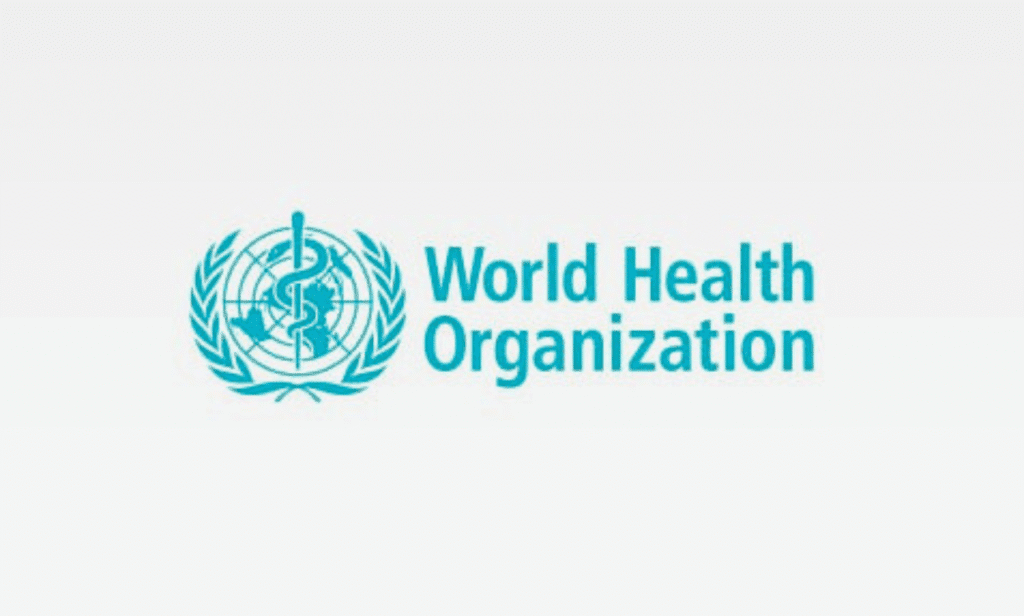
The World Health Organization (WHO) has once again placed global psychological well-being at the forefront of public health with its latest comprehensive report. The newly released WHO mental health recommendations for 2025 represent a significant paradigm shift, moving beyond traditional crisis intervention to a model rooted in prevention, accessibility, and technological integration. This forward-thinking framework is designed to equip governments, healthcare systems, and communities with the tools needed to address the escalating mental health crisis in a post-pandemic world.
This article provides a detailed analysis of these pivotal recommendations, breaking down their core components and exploring the potential impact on global health strategies.
The Core Pillars of the WHO’s 2025 Mental Health Strategy
The 2025 recommendations are built upon several interconnected pillars, reflecting a holistic understanding of mental health in the 21st century.
1. A Proactive Stance on Prevention and Promotion
A central theme of the new WHO mental health recommendations is a decisive move “upstream.” Instead of solely focusing on treating diagnosed conditions, the guidelines emphasize preventing mental distress from occurring in the first place. This involves:
Strengthening Community Resilience: Fostering supportive social networks and community programs that combat loneliness and social isolation.
Integrating Mental Health into Public Policy: Advocating for mental health considerations in areas like education, workplace regulations, and social welfare.
Early Intervention Programs: Implementing targeted support in schools and primary care settings to identify and address issues like anxiety and depression at their earliest stages.
2. Harnessing Technology: The Rise of Digital Mental Health Tools
Recognizing the critical gap in access to care, the WHO formally endorses the use of evidence-based digital mental health interventions. This is a landmark acknowledgment of technology’s role in democratizing support. The recommendations call for:
Development and Regulation: Encouraging the creation of scientifically validated digital tools, from therapeutic chatbots to telepsychiatry platforms, while establishing frameworks to ensure their quality, efficacy, and data privacy.
Integration into Primary Care: Positioning digital tools as a first line of support that can be seamlessly integrated into existing healthcare pathways, reducing wait times and stigma.
Bridging the Access Gap: Leveraging mobile technology to provide support to remote, underserved, and vulnerable populations who traditionally face barriers to accessing in-person care.
3. Decentralizing and De-stigmatizing Care
The 2025 guidelines strongly advocate for moving mental health care out of specialized institutions and into primary care and community settings. This “task-sharing” approach empowers a broader range of health workers to provide basic psychological support, thereby de-stigmatizing seeking help and making it a routine part of general health care.
4. Targeting Vulnerable Populations
The report highlights the need for tailored strategies for groups disproportionately affected by mental health challenges, including youth, frontline healthcare workers, refugees, and those living in humanitarian settings. The recommendations call for specialized programs and resources to address their unique psychological needs.
Implications and the Path Forward
The WHO mental health recommendations for 2025 serve as a crucial roadmap for nations. Their implementation requires political will, increased funding, and cross-sector collaboration. By adopting this proactive, technology-enabled, and community-centric model, countries can build more resilient, mentally healthier populations. The focus on digital mental health interventions is particularly pivotal, offering a scalable solution to one of the world’s most pressing and pervasive health challenges.
Frequently Asked Questions (FAQ) on the 2025 WHO Mental Health Recommendations
Q1: What is the most significant change in the 2025 WHO mental health recommendations compared to previous guidelines?
The most significant shift is the strong emphasis on prevention and the formal endorsement of digital mental health interventions. Earlier guidelines focused more on treating established disorders within clinical settings. The 2025 report proactively addresses the root causes of distress and leverages technology to make support accessible to a much wider global audience.
Q2: How do the WHO recommendations ensure the quality and safety of digital mental health apps?
The WHO mental health recommendations explicitly call for the development of robust regulatory frameworks. This means they advocate for digital tools to be subjected to the same rigorous standards of evidence-based testing, data privacy protection, and clinical validation as traditional medical interventions. They encourage users and health systems to look for tools that have been certified or recommended by credible health authorities.
Q3: As an employer or community leader, what is one key takeaway from these new guidelines?
A primary takeaway is that mental health is a collective responsibility that extends beyond the healthcare clinic. The guidelines encourage creating environments that promote psychological well-being. For employers, this means implementing proactive workplace mental health programs. For community leaders, it involves fostering inclusive, connected communities that reduce isolation and provide accessible resources.
Q4: Do these recommendations replace the need for traditional therapy and psychiatrists?
No, absolutely not. The WHO mental health recommendations for 2025 are designed to create a tiered, integrated system. Digital mental health interventions and community-based care act as a first line of support, managing milder cases and reducing the burden on specialists. This allows psychiatrists and clinical psychologists to focus on more complex and severe conditions, ensuring that everyone receives the appropriate level of care.
